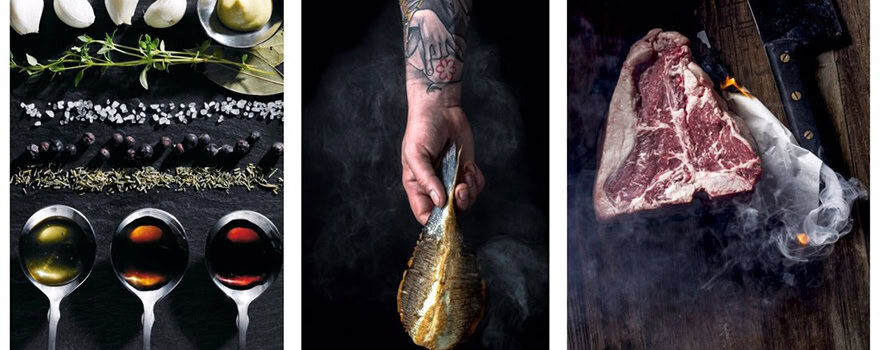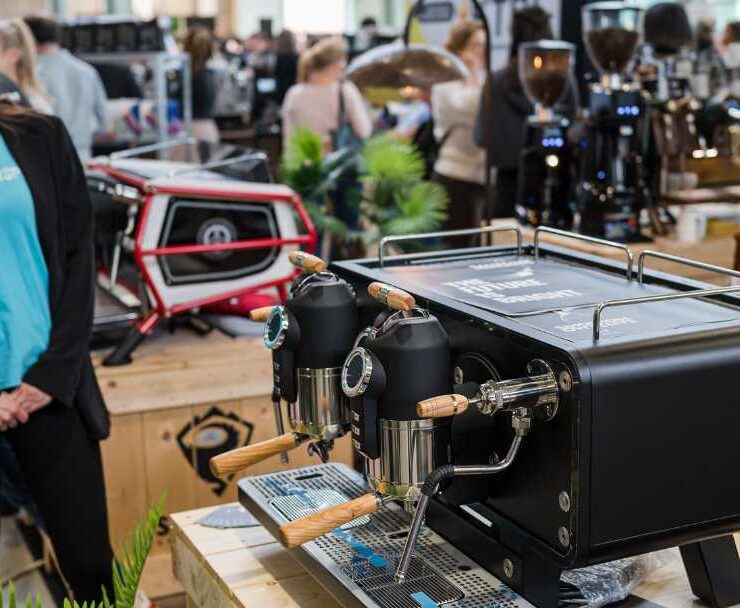For people who haven’t heard the term before, Hungaricum refers to a thing or phenomenon that is unique to Hungary and therefore represents great value for the Hungarians.
The term comes from the combination of the words Hungary or Hungaria and “unikum”, meaning “unique” in Hungarian.
Especially important to Hungarians are the many and varied foods and drinks of the country. Here are just a few of the newly-announced edible and drinkable Hungaricums.
Hungaricums#1 – Tasty soups
Tisza Fish Soup is characteristic of the Tisza River region, where the preparation of a stock from the head, tail, fins, and spine is considered a key preparation before the filet is cooked.
Goulash soup was the traditional meal for the shepherds on the plains. It was a rich and filling food they needed to last them through their hard working day. Real Hungarian goulash is made from potato, beef (preferably grey cattle), paprika, spices and sometimes Hungarian gnocchi. It is made like a soup, but in the end it’s more like a stew.
Fisherman’s soup is a thick soup made in a pot on an open fire. The main ingredients are river or lake common carp, paprika, spices and onion. The most famous types of fisherman’s soup are the bajai, balatoni and szegedi.
A bejegyzés megtekintése az Instagramon
Robert Rosenstein (@rosensteinrobi) által megosztott bejegyzés,
Hungaricums#2 – Unique beverages
Tokaji Aszú is a wine from the Tokaj-Hegyalja region in northeastern Hungary. The region is noted for its sweet wines, made from grapes affected by the noble rot. Tokaji Aszú is a world-famous Hungarian dessert wine, also called the “king of wines, wine of kings.” Tokaji is the only wine in the world that is mentioned in its nation’s national anthem.
Eger Bull’s Blood, or Bikavér, is a special type of red wine cuvée, made in the wine region of Eger. The name comes from the Turkish Era when, according to legend, Turkish soldiers thought the red liquid was bull’s blood which made the castle defenders stronger as they drank it.
Pálinka is the alcoholic drink made from fruit or pomace only grown in Hungary and some parts of Austria. By law, no additional ingredients are allowed, except pure water. Really good pálinka is smooth and fruity and has an alcohol content of around 40%.
Unicum is a special, bitter, alcoholic liqueur made with herbs and spices that Hungarians swear by as an aid to digestion, among many other things.
Hungaricums#3 – Meaty goods
Pick “Winter” Salami. For more than 130 years the Pick Company in Szeged has been creating unique flavours and unforgettable treats with its top-quality products. Pick Winter Salami, a real delicacy, is the company’s most famous product.
Sausages: besides salamis, are one of Hungary’s most delicious treats, made of pork meat and spiced with paprika. The production procedure is regulated by strict rules.
Goose liver or “foie gras”: Hungary is the world’s second-largest foie gras or “Libamáj” producer and the largest exporter. Goose liver is part of traditional Hungarian cuisine and a must-try when visiting the country.
Hungaricums#4 – Vibrant vegetables
Makó onions, from the town of makó in southeastern Hungary, are famous and beloved nationwide. This type of onion has been refined and developed for centuries by the local gardeners and producers. Makó onions are quite large and are known by their excellent smell and taste.
Paprika: Hungary is a major source of high-quality paprika, ranging from sweet/mild, with a deep bright red colour, to rather spicy/hot, with a brownish orange colour. Paprika is used in a wide range of dishes throughout the world and is an important ingredient of sausages and soups.
A bejegyzés megtekintése az Instagramon
Happiness is handmade! 💛 (@house_of_crafts_slovenia) által megosztott bejegyzés,
Hungaricums#4 – Heaven for the sweet-toothed
Somló-style sponge cake (Somlói Galuska) is a popular Hungarian dessert, made of sponge cake covered with fine chocolate sauce and whipped cream.
Dobos cake (Dobostorta) is a layered sponge cake filled with chocolate and nuts, glazed with caramel. Makówki (Mákos Guba) is also a typical Hungarian dessert, made of sweet white bread covered with poppy seeds.
Szamos Marzipan is the gourmet marzipan/chocolate of Hungary. Szamos marzipan is a sweet dessert item used in a variety of ways. The marzipan exhibition in Szentendre displays the art of marzipan making, including the 160-centimetre marzipan model of the Hungarian Parliament building.
Túró Rudi was invented in the 1960s by a small group of dairy industry professionals inspired by a study trip to Moscow. They came up with a unique new product: a dark chocolate bar filled with lemony cottage cheese. The “pöttyös” (literally spotty) theme was part of the original marketing campaign, but now it’s a uniquely recognisable brand of this dessert. In foreign countries it is often found under the brand name “Dots”.





